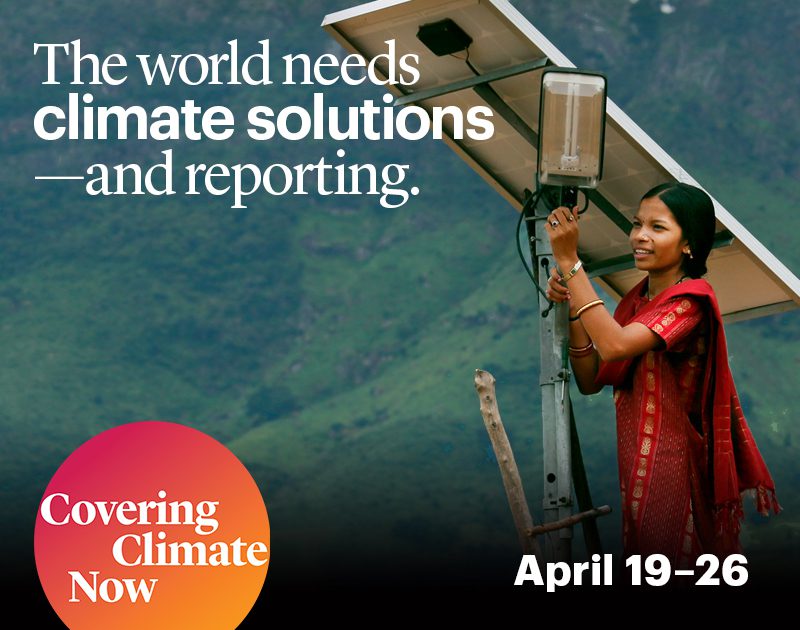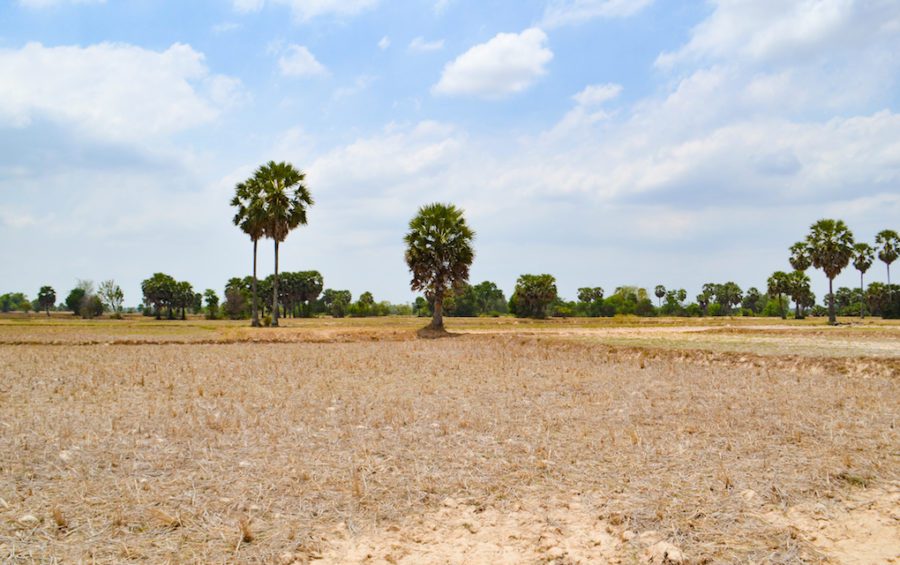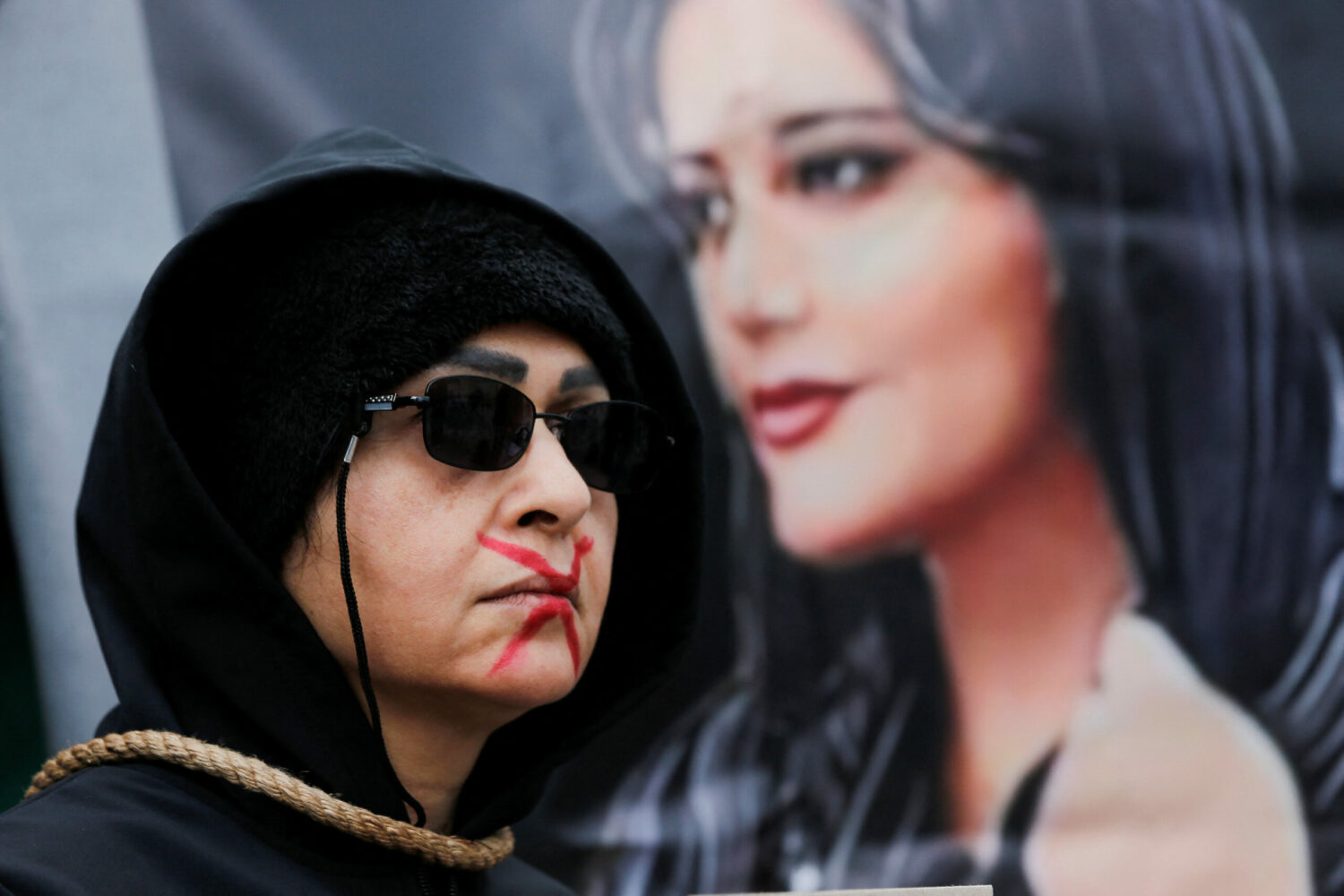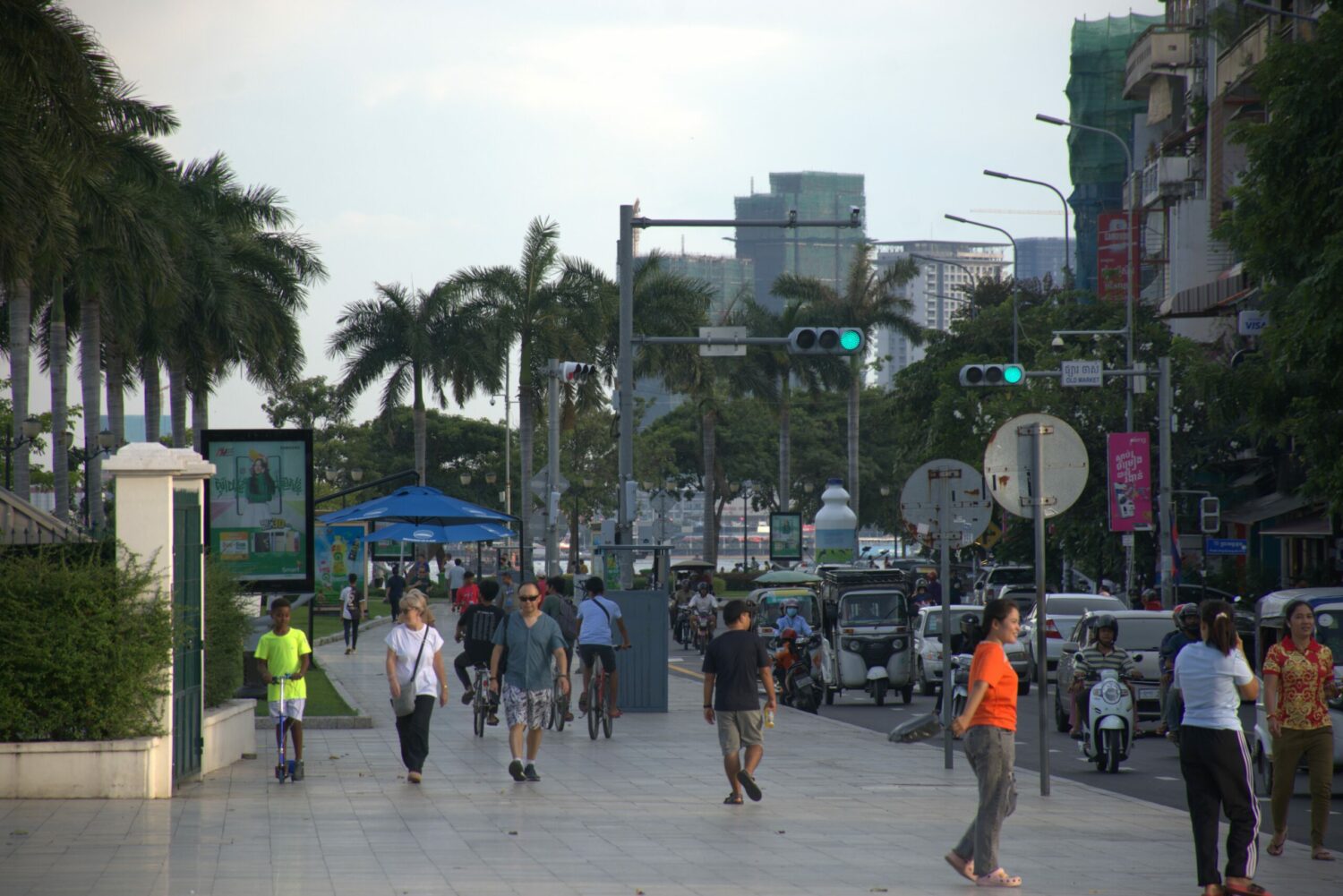 Kyle Pope is the editor in chief and publisher of the Columbia Journalism Review.
Kyle Pope is the editor in chief and publisher of the Columbia Journalism Review.
Journalism has always been good at fast. The home team won. An old woman was shot. A president was elected. The quicker a story moves, the more compressed the drama, the better we are at reporting it.
Slow is harder. Stories that contain subtlety, that evolve, that don’t have an ending — those aren’t our strength. Racism, systemic poverty, the long-term effects of outdated policy — these are subjects that we’ve consistently failed to get our arms around. We chase the immediate, the ephemeral, and ignore the seismic, the fundamental.
The reasons are understandable. Reporting on an event is easier than becoming deeply immersed, over time, in complex characters and bureaucracies. On television, time is tight; in print, space is limited. The gratification in quick hits is shallow but fast. Over the past decade, the encroachment of social media has caused newsroom budgets and attention spans to shrink. Often, clicks replace our consciences as the arbiters of news.
That’s also inexcusable. No longer is the value of news in saying what happened yesterday. (We’ve got Twitter for that.) The task at hand is to examine events carefully and deeply — to think of a moment not in isolation, but as part of a broader context. When, last year, the state of California in the U.S. was overwhelmed by wildfires, only 3 percent of TV news reports mentioned that climate change might have had something to do with the intensity of the damage. For the most part, reporters were mere stenographers of tragedy.
At this late hour there has, finally, been an awakening in journalism to the grim reality of climate change.
I am convinced that journalism’s failure to properly report the climate story will be recorded as one of its great humiliations. Since 1988, when James Hansen, a scientist at NASA, sat before the U.S. Congress and warned the government of the effects of a warming planet, news organizations have dithered and delayed and put off critical reporting on what’s happening to the earth. They have allowed themselves to be spun by oil industry PR campaigns, convinced themselves that the science is complicated and contested (it’s not), and rested on the idea that the subject is too abstract and depressing for their audiences to handle (again, false).
The result has been a massive media fail: In 2012, researchers at Media Matters found that U.S. news organizations gave 40 times more coverage to reality TV stars the Kardashians than to rising sea levels. During the 2016 campaign, reporters neglected to ask a single climate question in the three U.S. presidential debates. In 2018, broadcast news outlets gave more airtime to the royal baby in the U.K. than to the warming earth.
In the fall of 2019, however, we began to see things shift. The climate story seemed to be moving from slow to fast, as the effects of the crisis were becoming impossible for even the most stubborn newsrooms to ignore. Floods in Venice and droughts in India were ready-made for the evening news. Devastating fires in California and Australia led news broadcasts around the world. Mass protests and their student leaders adorned magazine covers. By the time Greta Thunberg, the 16-year-old climate activist, faced the U.N. at its Climate Action Summit, in New York City, and asked “How dare you?” the world, and its news media, were listening.
At this late hour there has, finally, been an awakening in journalism to the grim reality of climate change. The question now is how to tell the story. Can we ensure that the disasters we watch unfold are contextualized and explained? Will we hold the villains of the crisis accountable? Are we able to write about solutions to problems without trivializing them? How can we be fast and slow? The matter of whether or not the climate story should be told is settled: we must.

A year ago, frustrated by journalism’s persistent silence on the fate of the natural world, Columbia Journalism Review (CJR) teamed up with The Nation to launch Covering Climate Now, an initiative to encourage more and better climate coverage. The Guardian quickly signed up as our first media partner. Together, we set out to understand why news outlets weren’t doing more — and to help them improve.
We tried to keep our initial request modest. We knew that few newsrooms had money in the budget to add climate reporters, and we understood that the complexity of the story — slow versus fast — was working against us. So our ask was simple: We wanted newsrooms to commit to upping their game for a week, stretching themselves to do more climate reporting than they would normally, and then report back to us on what they learned.
We debuted in April 2019, led by Mark Hertsgaard, my partner on the initiative and now Covering Climate Now’s executive director. We targeted the second week of September, during the U.N. Climate Action Summit, for the coverage experiment. Over the spring and summer, we talked to editors and reporters representing newsrooms from around the world.
We learned that there was a wide consensus that more coverage was needed — few journalists (outside the right-wing echo chamber) were in denial about the importance of the climate story. Staffers, young ones in particular, had long been pushing their organizations to do more.
But news outlets still held back, for three main reasons. First, there was a pernicious view, particularly in television, that reporting on the climate story was a political act that could turn off conservative audiences. Second, newsrooms were convinced that they simply didn’t have the staff to do more climate coverage at a time when core beats — police, courts, city hall — go uncovered. And third, reporters simply did not know where to start: They lacked training that would help them interpret climate science, they struggled to find local angles to global narratives, or they didn’t see how to connect climate change to the stories they already follow every day.
The matter of whether or not the climate story should be told is settled: we must.
On the first point, we hoped that CJR’s endorsement — and the fact that mainstream organizations like CBS News were involved in the effort — could provide cover for newsroom managers worried about how their climate reporting would be perceived. On the resource question, we never asked anyone to add to their payroll. Instead, we encouraged them to rethink their existing beats, to make everyone in the newsroom a climate journalist — from those on the news desk to sports to business to culture. The last concern — that news organizations, even large ones, didn’t know where to begin — seemed at first depressing, but then gave us hope. If they were ill-equipped to tell the most important story of our time, we would provide them with tools.
Our modest start — a plea for attention — yielded astonishing results. On the appointed week in September, more than 300 news organizations, including VOD, participated in Covering Climate Now, including some of the most widely read in the world. Together, they published or broadcast more than 3,600 stories for a combined audience of more than a billion people. According to Google Trends, climate searches that September were the highest they had been in Google’s history. Since then, the number of our partners has grown past 400, and their combined audience approaches 2 billion people. We are just beginning to build a network capable of informing the world that it’s not too late to save ourselves.
Clearly, the climate crisis can’t be contained in a single week of news coverage on this, or any, website. But we can use this occasion to survey the work being done and to consider how we can do better. It’s as good an expression of journalism’s mission as there is.
We have reached a turning point for journalism and the planet. Old ideas that had dampened our attention to climate change — that the subject was too polarizing or too complicated or a money-loser — have been proven wrong. Old forms of storytelling — fast, without helping readers draw crucial connections — are not what’s needed to confront the crisis we face. We owe it to our audience, and our conscience, to be more thoughtful. Climate change is the story of our time. Journalism will be judged by how it chronicles the devastating reality.
Read more of VOD’s Covering Climate Now coverage.
This op-ed originally appeared in Columbia Journalism Review and is republished here as part of Covering Climate Now, a global journalism collaboration strengthening coverage of the climate story.













